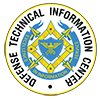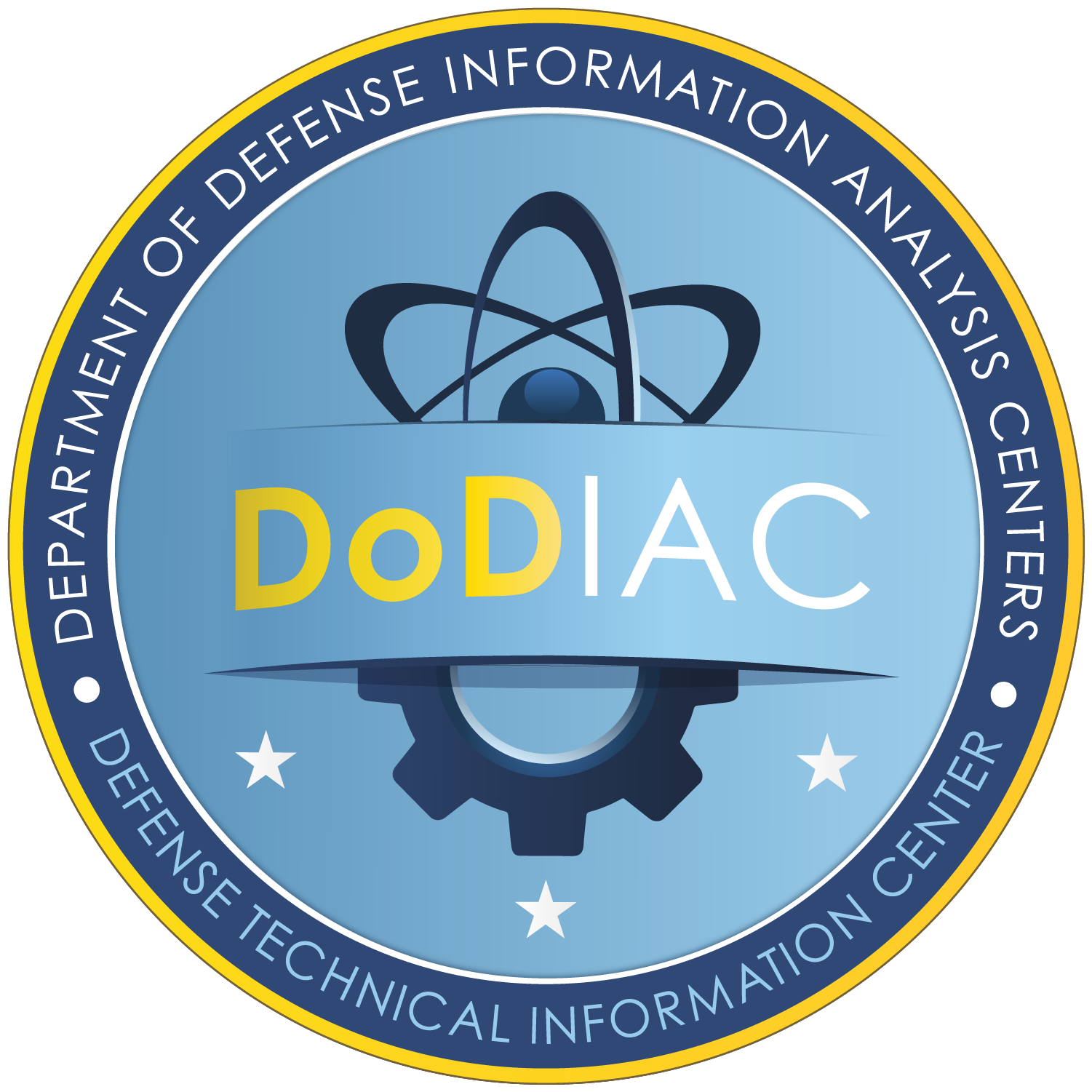BYLINE: Soham Hans, Research Engineer, ICT
After receiving my Masters in Computer Science from USC Viterbi School of Engineering, I joined ICT, to work under the supervision of Dr. Volkan Ustun in the Human-inspired Adaptive Teaming Systems (HATS) Lab. My research focus today includes multi-agent systems, procedural content generation, multi-modal LLM, multi-agent LLM, and multi-step reasoning – essentially making engineering systems with intelligence that reason, adapt, and collaborate.
In our latest project, “A Multi-Agent Collaborative Reasoning Framework for Generating Physics Puzzles” (co-authored with Binze Li, and Volkan Ustun), which I am presenting at the 2025 International Workshop on Engineering Multi-Agent Systems (EMAS) (19 – 23, May 2025), we explore how large language models (LLMs) can be marshalled into a multi-agent reasoning framework capable of generating complex 2D physics puzzles. This project emerged as part of a broader line of research into how LLMs can be used for scenario generation. These puzzles are not ends in themselves. Rather, they serve as testbeds for broader questions: How can we endow generative models with the capacity for iterative, spatially grounded reasoning? And how might this advance automated scenario generation in high-stakes environments, such as military training?


